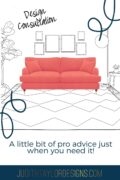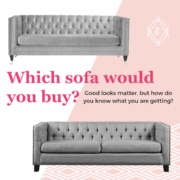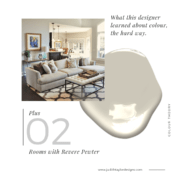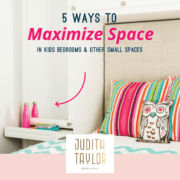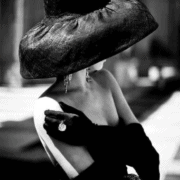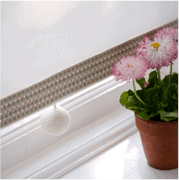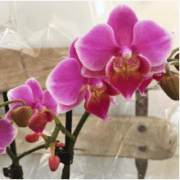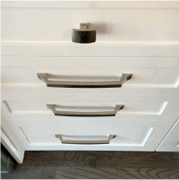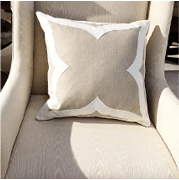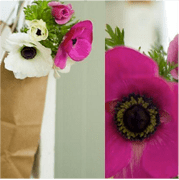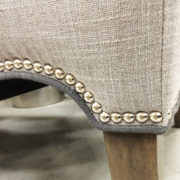Shopping for furniture on the internet is not for novices. Can I repeat that enough times? You have know way of knowing what is going on inside an upholstered piece when you see it online. We always recommend purchasing from a respected supplier… and they are not who you think they are!
Five facts about upholstery fabrics save you time and money when you go furniture shopping.
Red wine stains are a thing of the past if you pay attention to the labels.
Choosing a sofa can be a daunting task. Choosing the right style is the first decision you are likely to make. If you choose a versatile style, you are not locked into a particular style or look. We like to consider a piece from the inside out and make sure we are selecting a well-made piece before selecting the fabric for on it, but choosing the right fabric is a critical decision that will make or break your investment.
Fabric treatments and technology have come a long way in recent years. You may have avoided upgrading your sofa because of a myriad of reasons but wearing and staining need not be among them. With this list of terms you can go shopping for a sofa or dining chairs armed with the knowledge to know you are making a good investment.
Five Key Things to Look For
1. Abrasion
What’s this I hear about the “double-rubs”? Upholstery fabrics are tested and graded based on how well they stand up to use. They are literally tested by repeated “rubbing” in a standardized way to see how long they will last before showing signs of visible wear. This is extremely useful when we are selecting fabrics for high-traffic use in bus stations, airports, and commercial spaces, but it is a good measure of how well your sofa or dining chairs will stand up over time too.
There are two main tests.
Wyzenbeek
The most common test is the Wyzenbeek test. It is test performed by a machine that passes a pad (covered in cotton duck) back and forth on the surface of a sample of fabric. One pass back and forth is called one “double-rub”. The test determines how many “double-rubs” before a sign of visible wear can be observed in the fabric.
- Light use upholstery – 15,000 – this is the lowest number that should be considered for very light use upholstery. If you have find a beauty of a fabric and want to use it on a chair in a bedroom that is not often used then this would work. Otherwise I would keep looking.
- General use upholstery – many of our favourite sofa fabrics start at 25,000 to 30,000 double-rubs, and range upward from there. We like to be conservative here and err on the side of caution.
- Heavy Duty and Commercial fabrics start at 100,000 to 250,000 double-rubs.
Martindale
A less-common test for abrasion is the Martindale but it’s good to know about. Like the Wyzenbeek, a machine with repetitive strokes is used to test the fabric, in this case, in a circular motion.
- General domestic use Martindale value is 15000-25000. This is recommended for everyday use.
- Heavy duty use is 25000-30000. This is suitable for the main furniture in the house that will be actively used in day-to-day living.
- Commercial use when Martindale is 30000+.
Either way, the higher the number, the better.
2. Grades
Fabric grade is a pricing structure. It is as simple as that. It is a grouping system used by retailers to allow them to quickly quote a price based on the grouping or grade of fabric. The groupings vary based on how expensive the fabric is for the manufacturer to make or to obtain and nothing more than that. It is not an indication of wear, or of quality.
3. Natural Fibres vs Synthetics
There is a notion that natural fibres are better. In some ways, and for some uses this is true but synthetic fibres have a lot of properties to add to the longevity of a fabric that make them well worth considering. Blends of the two can give you the best of both worlds. I could write an entire post about the properties of individual fibres but this is where your designer can really add value. Knowing that silk, for example will rot in uv rays, can help you avoid a costly mistake if you were considering silk drapes for a south-facing window, or a silk in a blend for upholstery!
4. Stain Resistance and Treatments
Many factors go into stain resistance, the first of which is the inherent properties of the fibres and fabrics. Some fabrics will naturally resist stains and dirt, and if they take them on, will release the dirt more easily. Wool, for example, a terrific fibre for rugs, is known for its natural lanolin coating on the fibres which acts like a fluid shield that resists absorption. This property makes it easier to clean. Some synthetics will also resist staining because they are constructed from non-porous filaments.
Another factor is a treatment that is applied either in the manufacturing of a fabric, or a sprayed on afterwards to coat. There have been great advances in the technology of stain resistance in upholstery fabrics. Many fabrics, available through designers and upholstery work-rooms, are treated for stain resistance. The best fabrics for upholstery can resist stains like ketchup, mustard, and grease, while others are treated to block absorption so they won’t stain in the first place.
Red wine, coffee, etc. will bead up giving you time to grab a paper towel and soak it up before it penetrates the fibres. Ask your upholsterer or designer before you pick a fabric if you want them to pay special attention to your lifestyle and needs.
5. Cleaning Code
There are four common cleaning codes found on many professional upholstery fabrics. Knowing these is key to keeping the piece looking good as new.
W – clean with water – steam cleaning or hot water extraction method of cleaning are acceptable. You can also use water based cleaning products and dab with a wet towel to spot clean, but be sure to use white cloth to avoid any transfer of colour.
S – means the fabric is not suited to cleaning with water and you must clean with solvent. Water may leave rings or spots. Always use solvent based cleaning products. You will find this info on any professional cleaning product for upholstery.
WS – wet, solvent. For these fabrics, you can use water on water based stains and solvent on oil based stains.
X – don’t clean. These fabrics are not suitable for cleaning. Vacuum only
Always check the fabric label for cleaning instructions and follow them carefully before treating.
So there you have it! This lovely dining set from one of our trade only showrooms would be ideal for a young family if you follow a few key guidelines when choosing upholstery fabrics. Have a look at this great resource for a more in-depth look into pilling, abraision and other fabric considerations.










